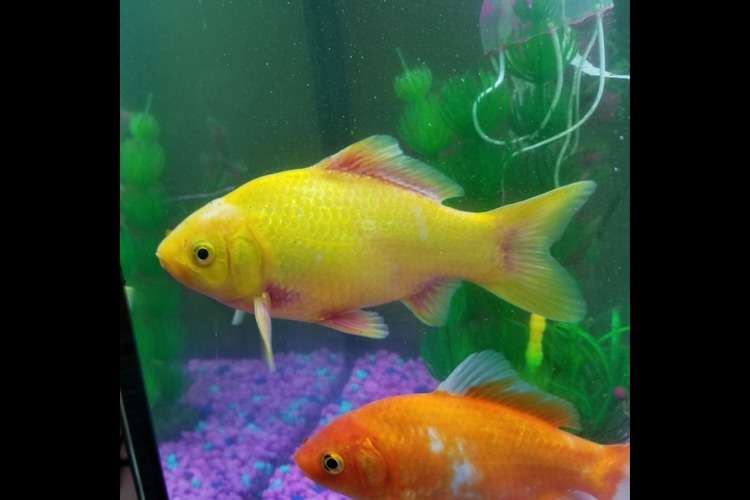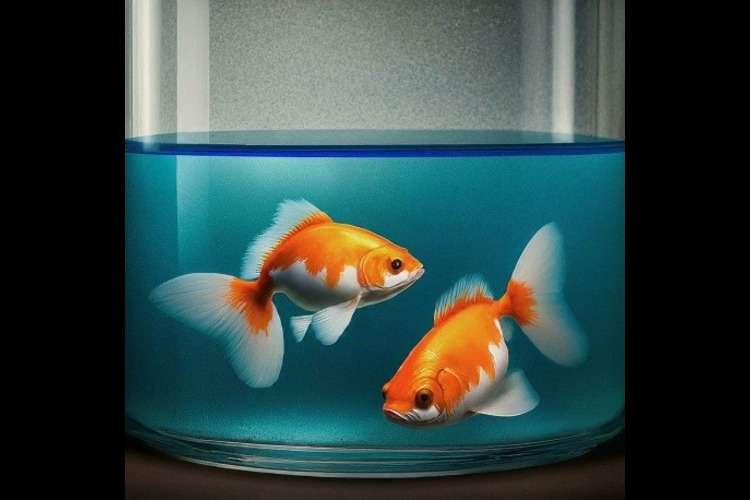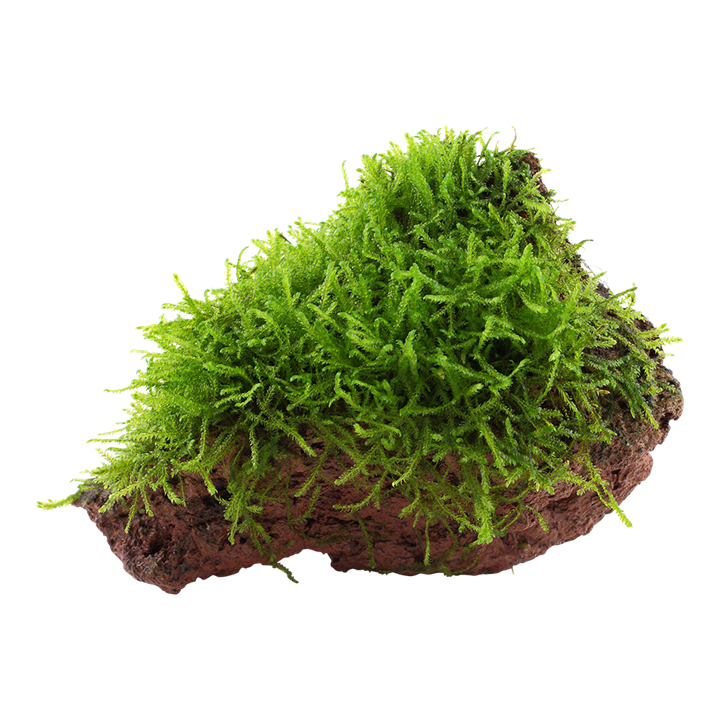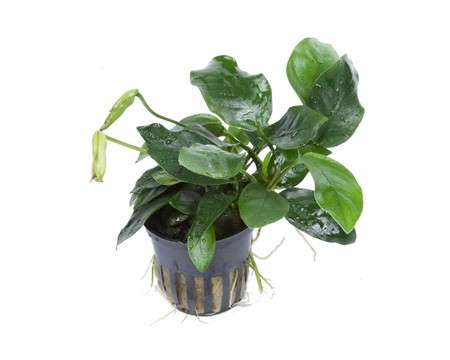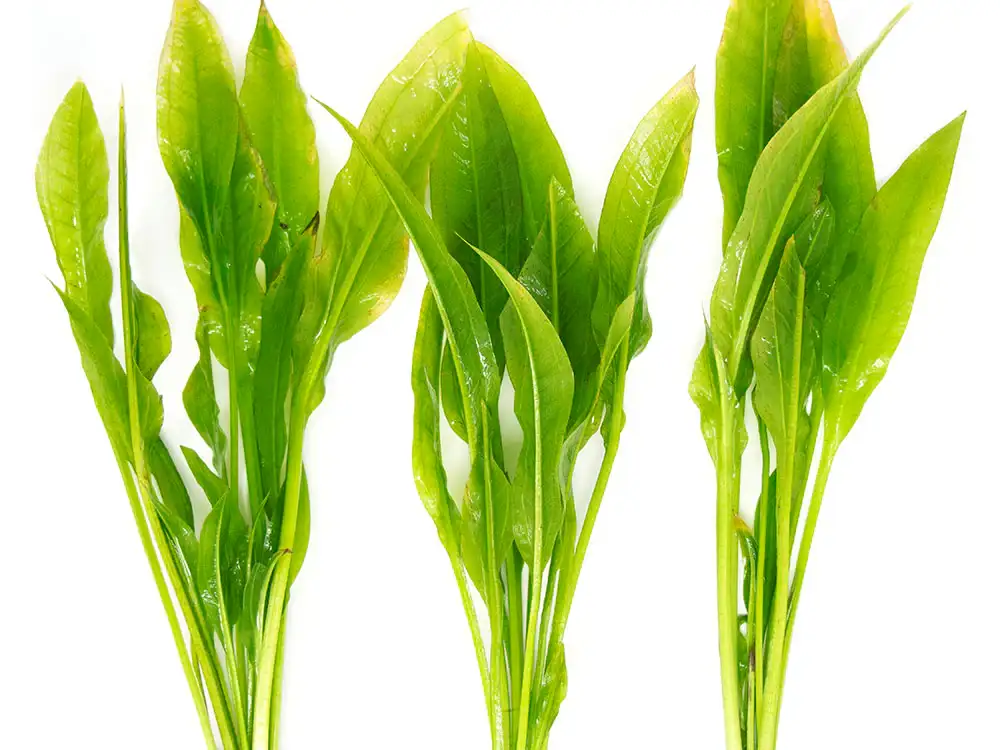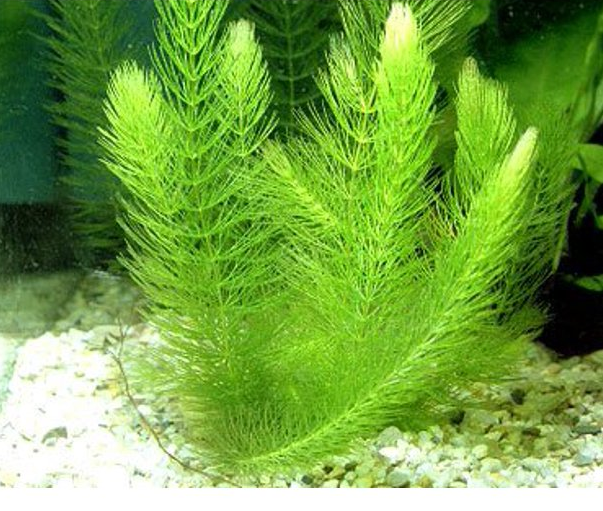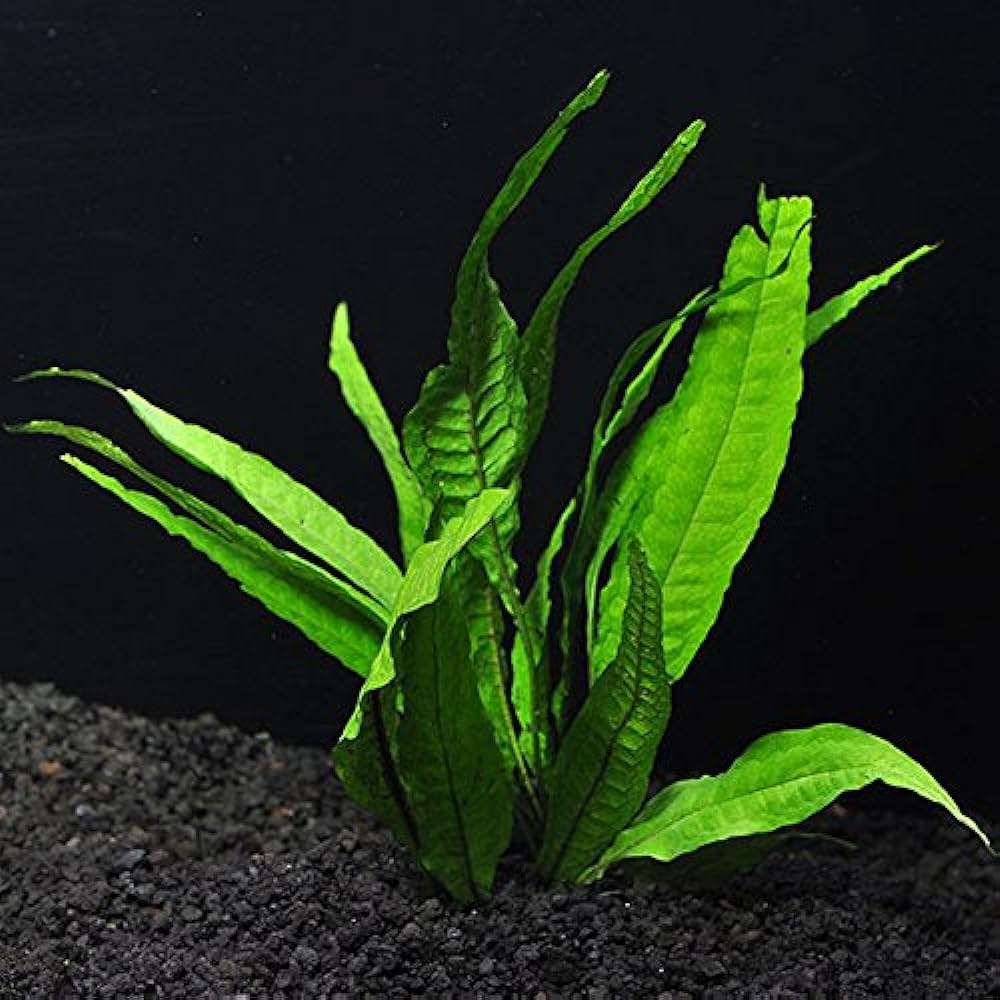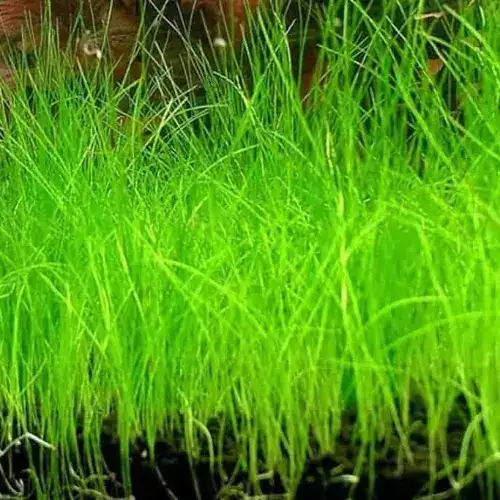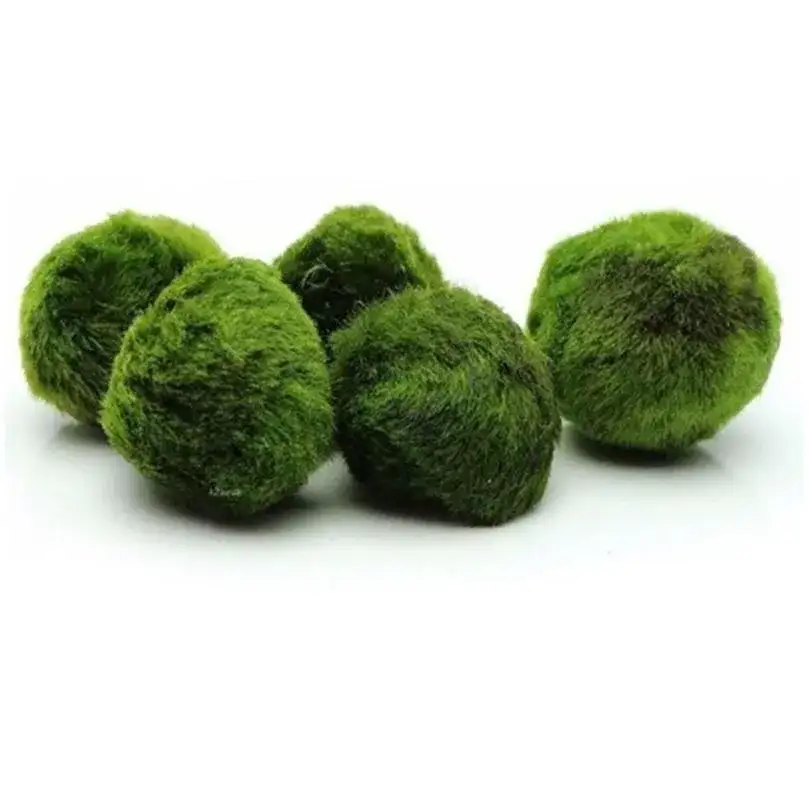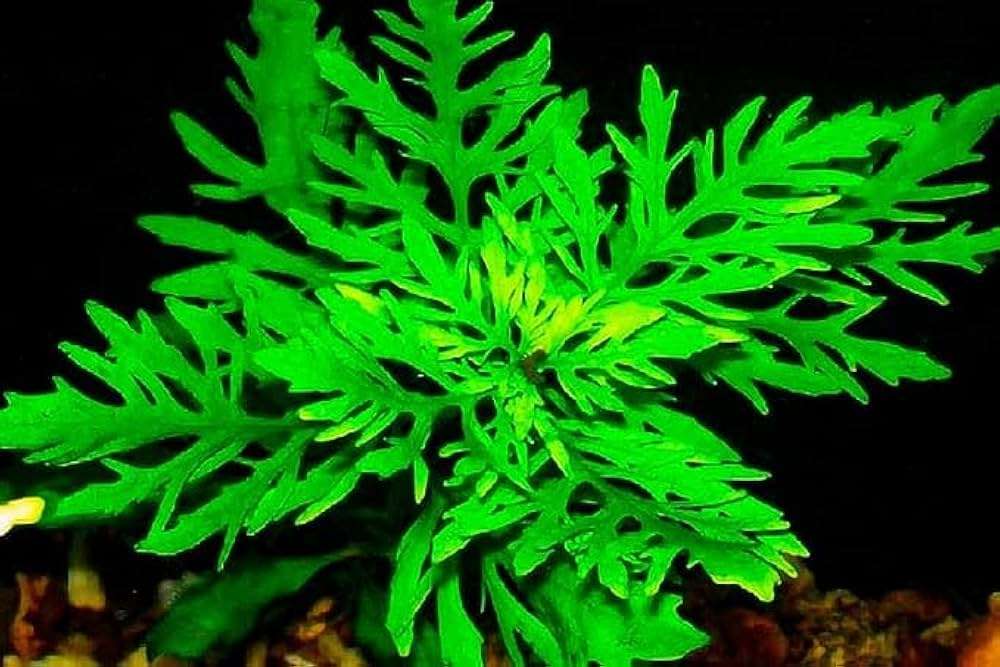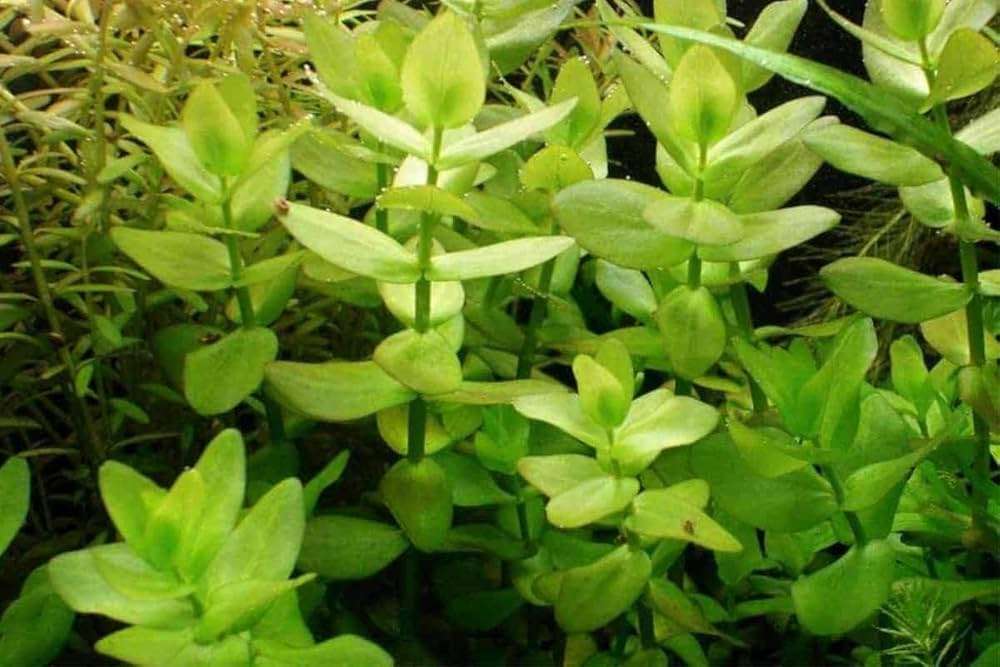Are Foamy Bubbles Normal in Aquariums? Understanding the Causes
Are foamy bubbles normal in aquariums? In this blog, we’ll explore their causes and what they mean for your tank’s health, ensuring a balanced aquatic environment.
Table of Contents
- What Are Foamy Bubbles?
- Causes for Foamy Bubbles
- Are Foamy Bubbles Bad?
- When to Worry
- Faq
- Conclusion
What Are Foamy Bubbles?
The best fish species that feed on plant-based food accept blanched vegetables well. Examples of greenery used are spinach, zucchini, and peas. These can be torn to small pieces and blanched for a couple of minutes. They are in good health for your fish because they offer them useful vitamins and minerals. Ensure you remove all uneaten parts of the vegetables from the aquarium aquarium and do not allow them to rot.
Causes for Foamy Bubbles
The main reason for the production of foamy bubbles in aqua tanks is due to the accumulation of proteins and organic compounds. Proteins are released into the water due to the decomposition of fish wastes or leftover food in the tank along with dead plant matter. The proteins in the water produce bubbles because agitation through water movement such as filters or air stones results in dissolved gas accumulation.
Surface agitation: Movement of water will also contribute to the formation of bubbles. Filters as well as air pumps cause agitation at the water surface, trap air, and tend to form bubbles. In highly stocked tanks, the agitation would result in an increased level of bubbles owing to the increased organic material present.
Poor Water Quality: Foam can be caused in aquariums if the ammonia and/or nitrate levels build up too high. This means too much organic material reaches the aquarium and develops into unsightly, foamy bubbles. Normal testing and balancing of the water parameters should eliminate the problem.
Chemical Imbalance: Sometimes chemical additives cause foam in freshwater fish aquariums. Medications, water conditioners, or fertilizers could work together with other additives in the aquarium to create and form unsightly bubble activity.
However, there are indications of foamy bubbles in breeding activity. Some species of fish may produce a cluster of foamy bubbles to give the indication that there is breeding activity. For instance, the females in some species of bettas or most cichlids lay eggs in the males' bubble nest, and these may appear like foamy bubbles on the surface.
Are Foamy Bubbles Bad?
Typically, foamy bubbles are harmless and just a part of fish life in a fish tank. Heavy, persistent foam, however, is often an indicator that something bad is happening, such as poor water quality or too much organic material. Here's what to look for:
Check the Water Quality: Regularly check your aquarium fish tank water parameters, including ammonia, nitrite, nitrate levels, and pH. Proper water quality is important to the survival of your aquarium fish and to maintaining stable aquarium fish tank ecosystems.
Regular Maintenance: Regular water changes, substrate vacuuming, and filter cleaning will reduce organic material buildup and prevent excessive foaming.
Check Stocking Levels: Overstocking your home aquarium results in high waste rates and organic levels. Always ensure you stock your aquarium tank at proper levels for its size and species of tropical fish kept.
Check Additives: Check the labels of any recently used medications or chemicals on compatibility and possible side effects. You may need to stop using them if you notice a foaming rise.
When to Worry
Foamy bubbles are generally benign; sometimes, however, they do serve as an indicator of trouble. You may want to dig deeper if the following are present:
High Levels of Foam: If foam covers a large area of the surface and it doesn't dissipate, this could be an indication of a serious water quality or organic buildup problem.
Fish Behaviour: Observe the condition of your aquarium fish indicating signs of stress and illness, which will provide early signs of poor quality water. That is, their gasping for air, lethargy, or not being as active as they should, could be one sign of bad water quality in your aquarium for the pet.
Unpleasant Odours: Bad smells coming from the tank may indicate that there is decomposing organic material and this can lead to dangerous conditions for your fish for a pet.
Faq
1. What are foamy bubbles in an aquarium?
Foamy bubbles are small, frothy bubbles that rise to the water's surface, often formed from proteins and organic compounds.
2. What causes foamy bubbles in fish tanks?
They are mainly caused by protein accumulation from decomposing fish waste, leftover food, and surface agitation from filters or air pumps.
3. Are foamy bubbles harmful to fish?
Generally, they are harmless. However, excessive foam may indicate poor water quality or high organic material levels.
4. How can I prevent foamy bubbles?
Maintain good water quality through regular testing, perform water changes, clean filters, and avoid overstocking your tank.
5. When should I be concerned about foamy bubbles?
Worry if foam covers a large area, if fish show signs of stress, or if there are unpleasant odors coming from the tank.
6. Do foamy bubbles indicate breeding activity?
Yes, some fish species create bubble nests for breeding, which can appear as foamy bubbles on the surface.
7. What should I do if I notice persistent foam?
Check water parameters, reduce organic buildup, and review any recent chemical additives used in the tank.



